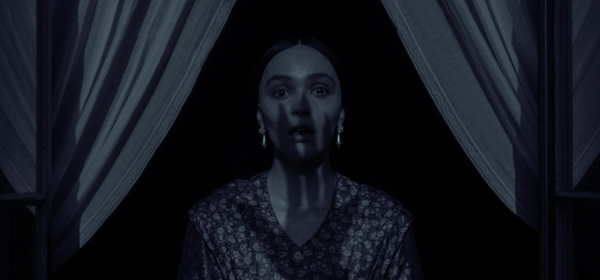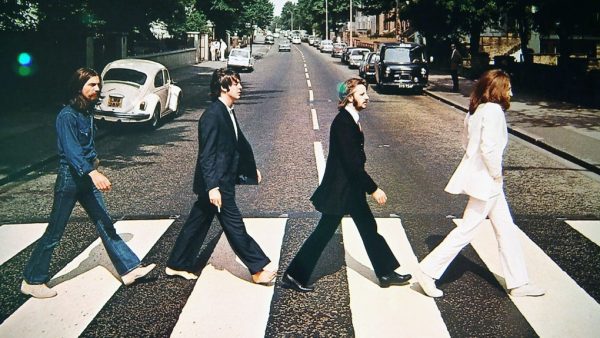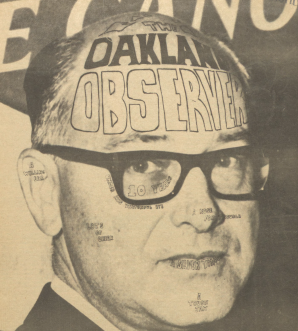‘Brother Mine’ highlights unique relationships
Reading other peoples’ mail can land you in serious trouble with the government.
Or, in the case of Dr. Kathleen Pfeiffer, it can land you a book deal.
Pfeiffer, an associate professor of English at Oakland University, is the author of “Brother Mine: The Correspondence of Jean Toomer and Waldo Frank, a back-and-forth account of over 120 letters between the two in the 1920s.”
Toomer, a young black author, began writing to Frank, an established white writer in New York, and the book details the unique friendship between the two.
“Dr. Pfeiffer’s work provides an important tool for understanding the dynamics of the relationship between Jean Toomer and Waldo Frank,” said associate history professor and chair of the history department, Karen Miller. “Both Toomer and Frank were participants in the conflict over the construction of racial identity. Their correspondence helps us to understand how the debates over race worked themselves into friendships.”
In the summer of 1993, Pfeiffer was deciding on the topic of her dissertation at Yale University, and ended up at the university’s Beinecke Rare Book and Manuscript Library, one of the country’s best resources for African-American literature. The opportunity gave her the chance to do research in the primary archives.
It was at Beinecke that she decided on the topic of race passing.
Race passing was a “hot topic” in American literature at the turn of the century, Pfeiffer explained, where people who were legally defined as black because of previous generations, were actually light enough to pass for a white person.
“These people would take on a new identity and pass for white,” Pfeiffer said. “They would have this better opportunity as a white person than they would have as a black person, but then there would be all of this guilt and sense of loss because they’d have to leave their families. That’s really what my dissertation was about — about stories of characters who ‘pass.’ “
After reading letters by Toomer and Frank, Pfeiffer got an impression of a budding friendship between the two. She began reading literary and critical accounts of the interaction, but got a different understanding of the authors than others.
“I didn’t think that (their understandings) really reflected what I saw in the letters,” she said. “These differences led to the beginning of the project.”
A self-described “very, very nosy person,” it is exactly that trait that helped Pfeiffer collect, organize and transcribe the letters between Toomer and Frank.
In the five to six years that the project took to complete, Pfeiffer experienced several challenges that even required the assistance of one of her graduate classes.
Only about 15 to 20 percent of the letters were dated, requiring several readings to correctly organize them.
“I had to figure out, by reading the letters, which came before this one or this came before that one. It was hard because at times, I really wasn’t sure which letter came first,” Pfeiffer said.
She spent almost an entire year exclusively working on figuring out the order of the letters and putting them into chronological order.
Another major part of the process was writing footnotes for instances in which Pfeiffer felt more explanation was needed, such as names of friends or events attended by Toomer or Frank.
Transcribing the original letters into word documents was arguably the most time-consuming activity, however, and it was at this step that Pfeiffer involved her graduate-level class.
“In order for this to be an accurate transcription, you have to go through and make sure, letter-for-letter and word-for-word is correct,” Pfeiffer said. “Even with that, there were a lot of editorial decisions to make.”
Despite the duration of time needed to finish the book, Pfeiffer was pleased with the final product and believes there are many things that readers can take away from it.
“I wanted to make it the sort of book that anyone could pick up and find interesting … it has an interesting story to tell about interracial friendships and the challenges that came with those friendships in the 1920s,” Pfeiffer said. “These two struggling artists found something in each other that was very meaningful to the both of them and they really understood each other as writers as well. The fact that the friendship deteriorated the way that it did I think is pretty sad.”
After working on Brother Mine for over half a decade, Pfeiffer realized one major thing about herself and her writing upon completion of the book: She was ready to move on from Toomer and Frank.
“I’ve had enough time working on both of these two authors and I’m ready to move on to something different,” Pfeiffer said.







